Apple Inc supplier Catcher Technology Co Ltd (可成科技) is to sell two of its smartphone metal chassis plants to Lens Technology Co Ltd (藍思科技), a Chinese handset-cover glass maker, company officials told a news conference yesterday.
The company’s board of directors approved the sale of its 100 percent stakes in Topo Technology (Taizhou) Co Ltd (泰州可勝科技) and Meeca Technology (Taizhou) Co Ltd (泰州可利科技) to Lens Technology in a US$1.43 billion all-cash deal that is expected to close by the end of this year, pending regulatory approvals, they said.
Catcher spokesman James Wu (巫俊毅) said the time had come for the firm to partially transition out of its long-standing smartphone chassis business.
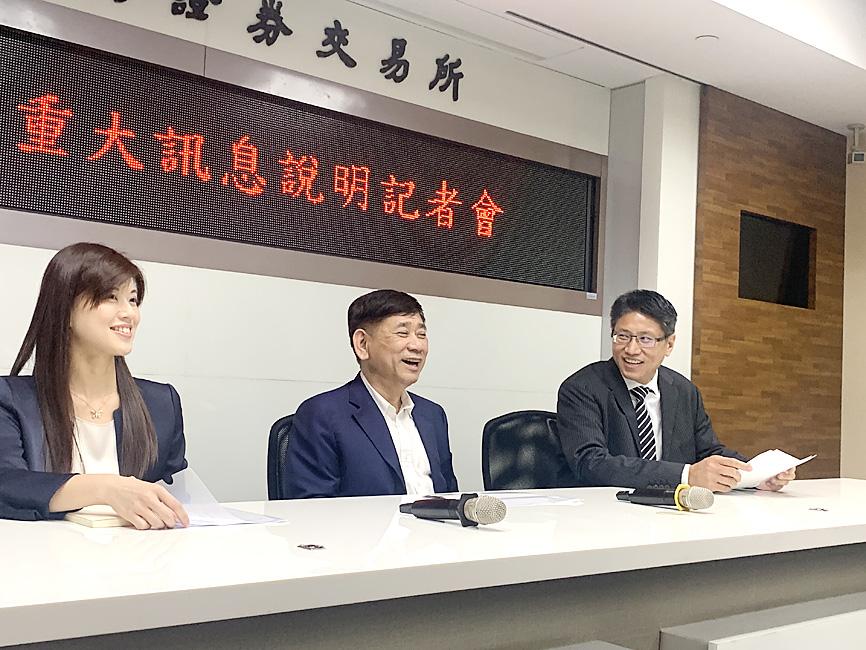
Photo: Chang Hui-wen, Taipei Times
“Changing international trade relations, customer strategy change and increased price competition have all accelerated the trend toward vertical integration for the whole supply chain,” Wu said.
The two plants to be sold accounted for 40 percent of Catcher’s revenue last year, he said.
After the sale, Catcher would have two manufacturing operations, with one in Tainan and the other in Suqian, China.
“We still have tremendous capacity and we will be putting our focus on products such as notebook and tablet casings, 5G heat-diffusion components and auto components, where there are opportunities for growth,” Wu said.
Unlike a recent deal in which iPhone manufacturer Wistron Corp (緯創) sold two Chinese divisions to Chinese IT manufacturer Luxshare Group (立訊集團), there would be no mutual investment between Catcher and Lens Technology, he said.
Instead, the money would potentially be used for acquisitions and to improve the firm’s remaining manufacturing capacity, he said.
When asked about the rise of a Chinese vertically integrated supply chain that is expected to challenge Taiwanese manufacturers’ dominance in the iPhone assembly business, Catcher chairman Allen Hung (洪水樹) said that “it will take a while.”
“It is not that easy,” Hung said. “They talk about Taiwanese companies like we are plastic, but there are complicated management and processes issues that would be hard to replicate.”
Catcher is “divesting to invest” and looking for opportunities domestically and abroad, although there are as of yet no plans to invest in India or Southeast Asia, Hung said.
“Short-term revenue will take a hit, but this is what it takes to stay ahead of the curve,” he said. “This is about the next 10 to 20 years.”
The sale of the plants was not related to a COVID-19-related slowdown in demand, Wu said, citing revenue growth in the first two quarters.
“Our company did very well, despite the pandemic,” he said. “It is not a factor in our decisionmaking.”
The company last week reported that revenue last quarter rose 40 percent year-on-year to NT$22.54 billion (US$763.60 million), and revenue for the first half grew 26 percent to NT$40.15 billion from a year earlier.
However, net profit for the second quarter was NT$2.77 billion, flat from NT$2.73 billion in the second quarter of last year.
Net profit for the first half of this year was NT$6.69 billion, up 51 percent from NT$4.44 billion a year earlier.
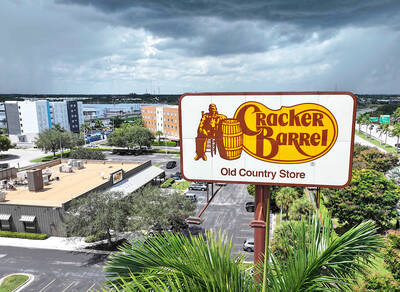
On Tuesday, US President Donald Trump weighed in on a pressing national issue: The rebranding of a restaurant chain. Last week, Cracker Barrel, a Tennessee company whose nationwide locations lean heavily on a cozy, old-timey aesthetic — “rocking chairs on the porch, a warm fire in the hearth, peg games on the table” — announced it was updating its logo. Uncle Herschel, the man who once appeared next to the letters with a barrel, was gone. It sparked ire on the right, with Donald Trump Jr leading a charge against the rebranding: “WTF is wrong with Cracker Barrel?!” Later, Trump Sr weighed
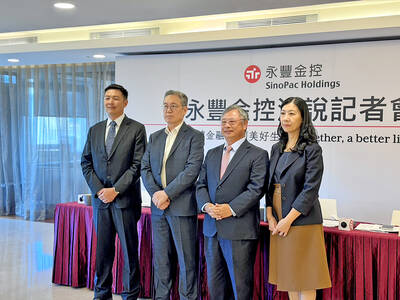
SinoPac Financial Holdings Co (永豐金控) is weighing whether to add a life insurance business to its portfolio, but would tread cautiously after completing three acquisitions in quick succession, president Stanley Chu (朱士廷) said yesterday. “We are carefully considering whether life insurance should play a role in SinoPac’s business map,” Chu told reporters ahead of an earnings conference. “Our priority is to ensure the success of the deals we have already made, even though we are tracking some possible targets.” Local media have reported that Mercuries Life Insurance Co (三商美邦人壽), which is seeking buyers amid financial strains, has invited three financial
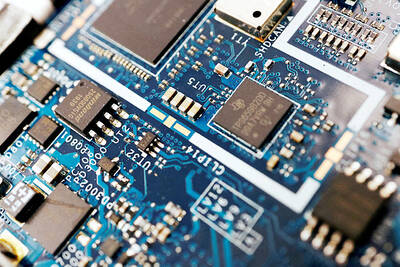
Artificial intelligence (AI) chip designer Cambricon Technologies Corp (寒武紀科技) plunged almost 9 percent after warning investors about a doubling in its share price over just a month, a record gain that helped fuel a US$1 trillion Chinese market rally. Cambricon triggered the selloff with a Thursday filing in which it dispelled talk about nonexistent products in the pipeline, reminded investors it labors under US sanctions, and stressed the difficulties of ascending the technology ladder. The Shanghai-listed company’s stock dived by the most since April in early yesterday trading, while the market stood largely unchanged. The litany of warnings underscores growing scrutiny of
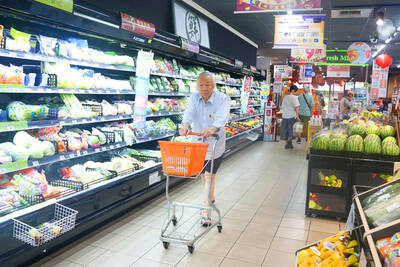
OUTLOOK: Among the six sub-indices, only the stock market confidence sub-index rose due to strong equity performance and expectations of a US Federal Reserve rate cut Consumer confidence weakened further this month, sliding to its lowest level in two-and-a-half years as households grew increasingly uneasy about the economic outlook, job security and big-ticket spending, a survey by the National Central University showed yesterday. The consumer confidence index fell 1.07 points from last month to 63.31, the weakest number since May 2023, said the university’s Research Center for Taiwan Economic Development (RCTED), which conducts the monthly poll. “Although the Directorate-General of Budget, Accounting and Statistics recently increased Taiwan’s GDP growth forecast for this year to 4.45 percent, consumer sentiment tells a different story,” RCTED director Dachrahn Wu